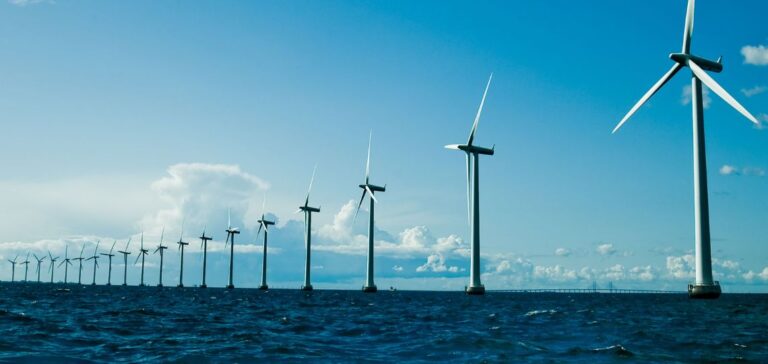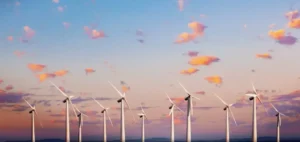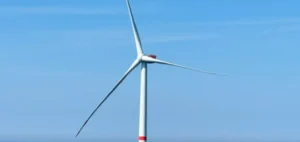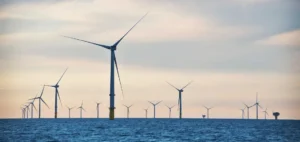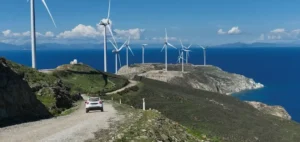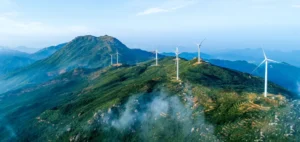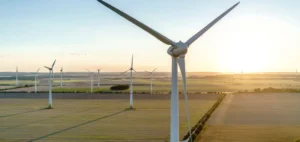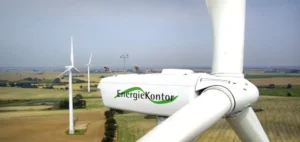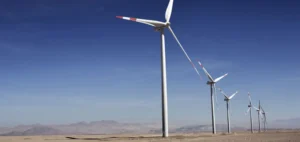The offshore wind energy sector is at the heart of a regulatory transformation in Canada. Recent legislative measures amend the Canada–Nova Scotia Offshore Hydrocarbons Accord Implementation Act to govern the development of renewable energy at sea. These legal adjustments aim to harmonize the land tenure regime and modernize regulatory tools for more effective project management.
Legislative Framework for Offshore Wind Energy
The federal Bill C‑49 and its provincial counterpart, Bill 471, form the basis of this new framework. The regulatory overhaul includes renaming the Canada–Nova Scotia Offshore Hydrocarbons Office to the Canada–Nova Scotia Offshore Energy Regulator (RCNEEE), and expanding its mandate to encompass offshore renewable energy projects. This legislative restructuring responds to the need for improved oversight of offshore activities while providing support tools for the national marine conservation program.
The new provisions establish a common framework for the governments of Canada, Nova Scotia, and, soon, Newfoundland and Labrador. They include mechanisms to facilitate the granting of permits for significant production capacities, targeting up to five gigawatts of offshore wind energy by 2030.
Economic Perspectives on Offshore Wind Energy
The economic stakes associated with this reform are considerable. The global offshore wind market, projected to attract approximately one trillion dollars in investments by 2040, offers unprecedented economic opportunities for Atlantic Canada. The creation of thousands of jobs and the attraction of major investments underline the scope of these prospects, all presented without any environmental promotion.
The implementation of this legislative framework reflects the commitment of governmental bodies to enhance the competitiveness of Canada’s energy sector. Collaboration across various levels of government demonstrates a coordinated approach to ensure rigorous resource management and responsible exploitation of wind energy potential. Industry stakeholders can rely on clear regulations to execute their projects while meeting the safety and technical standards set by the RCNEEE.
The adjustments to the regulatory framework also promise better integration of impact assessment tools, ensuring that each project is examined based on verifiable facts. This dynamic is expected to facilitate controlled growth in the sector, addressing economic imperatives while maintaining strict oversight of offshore operations.

